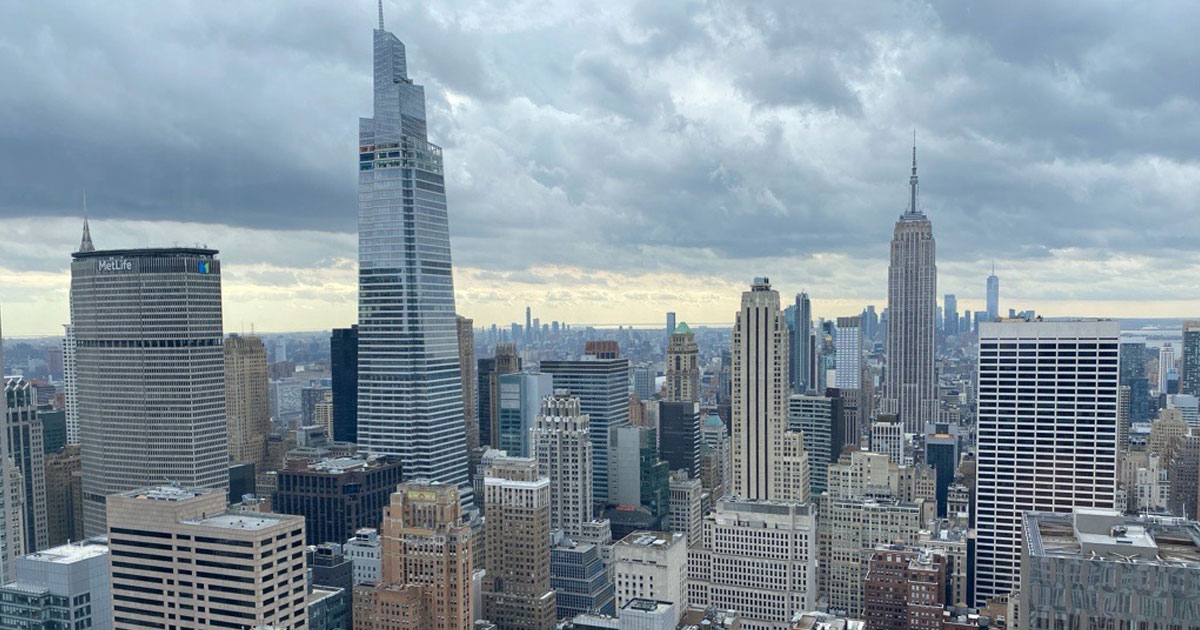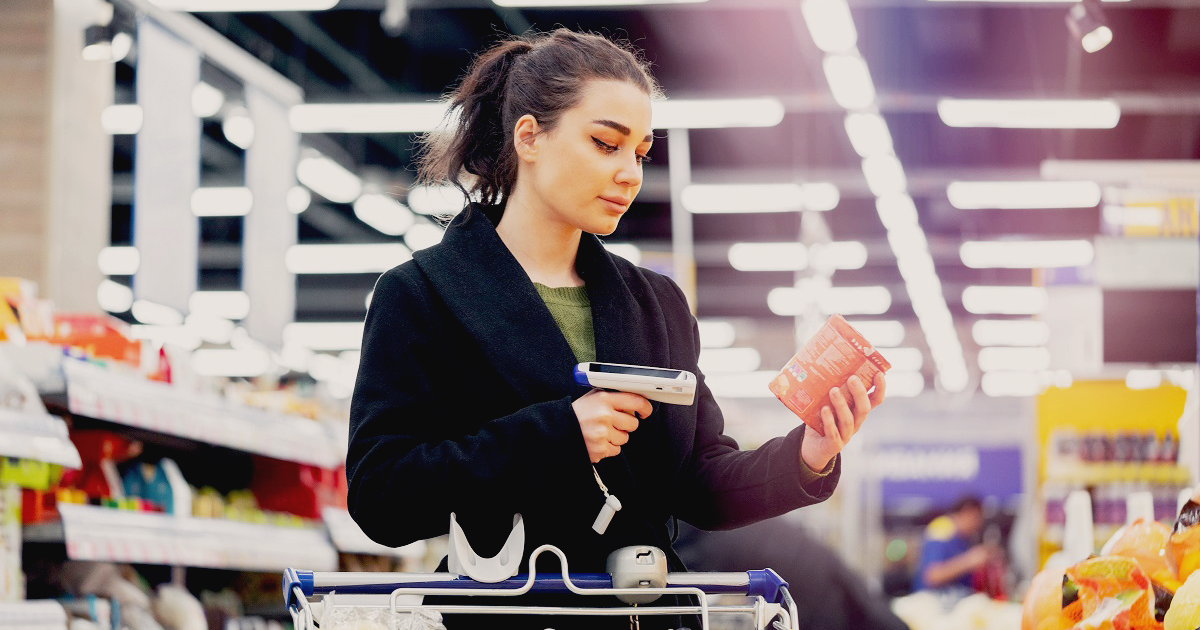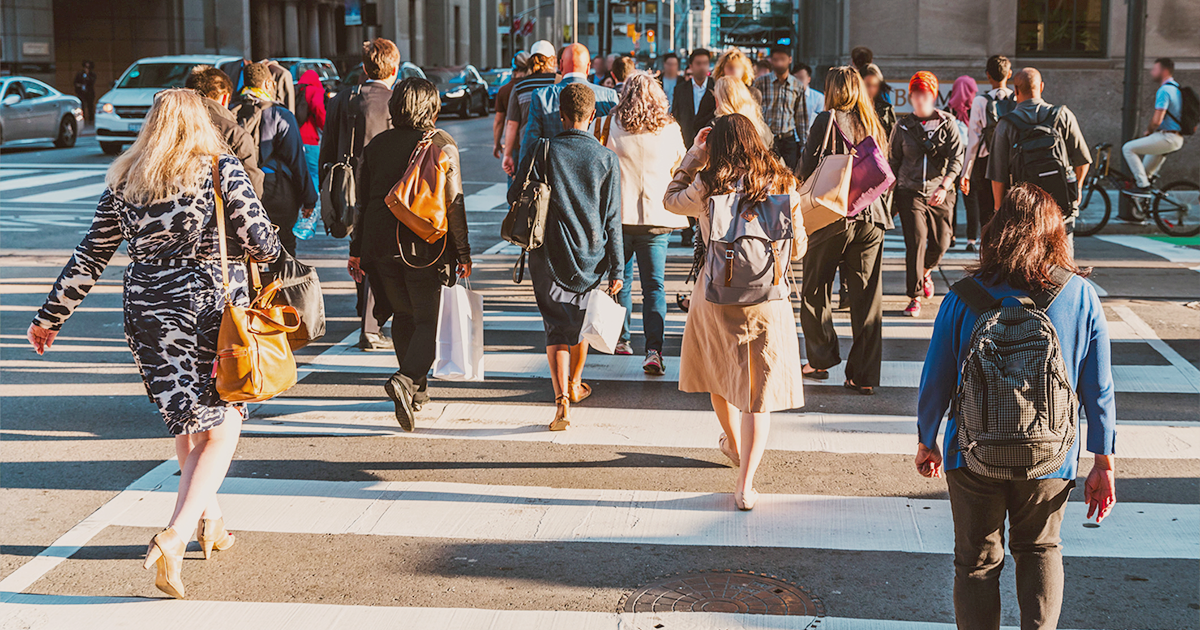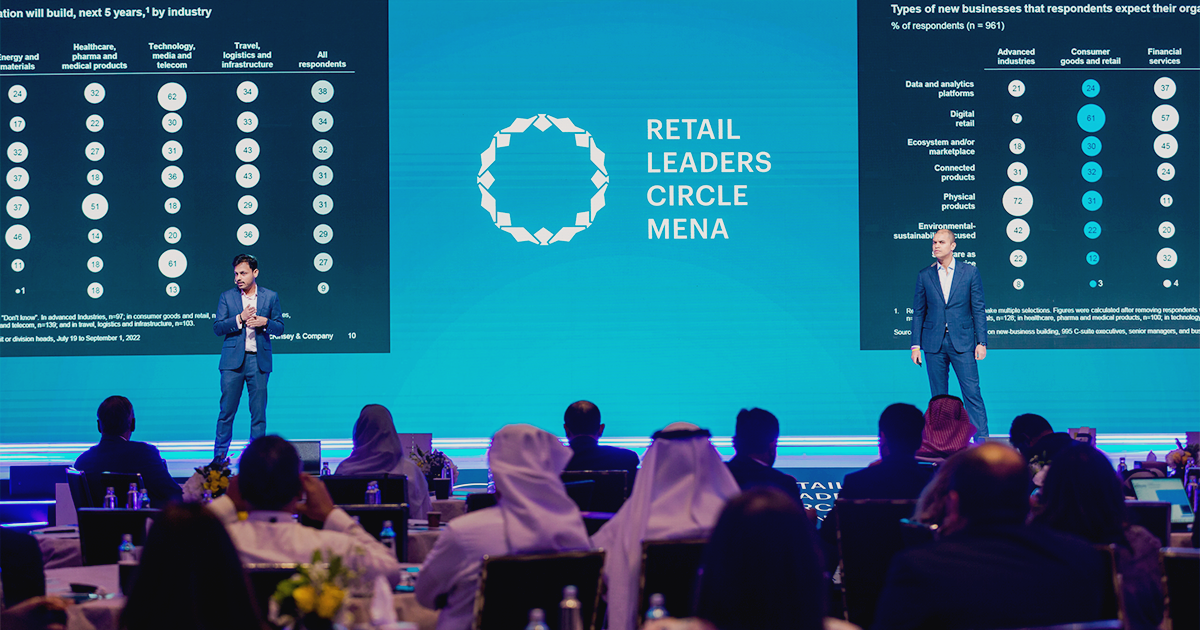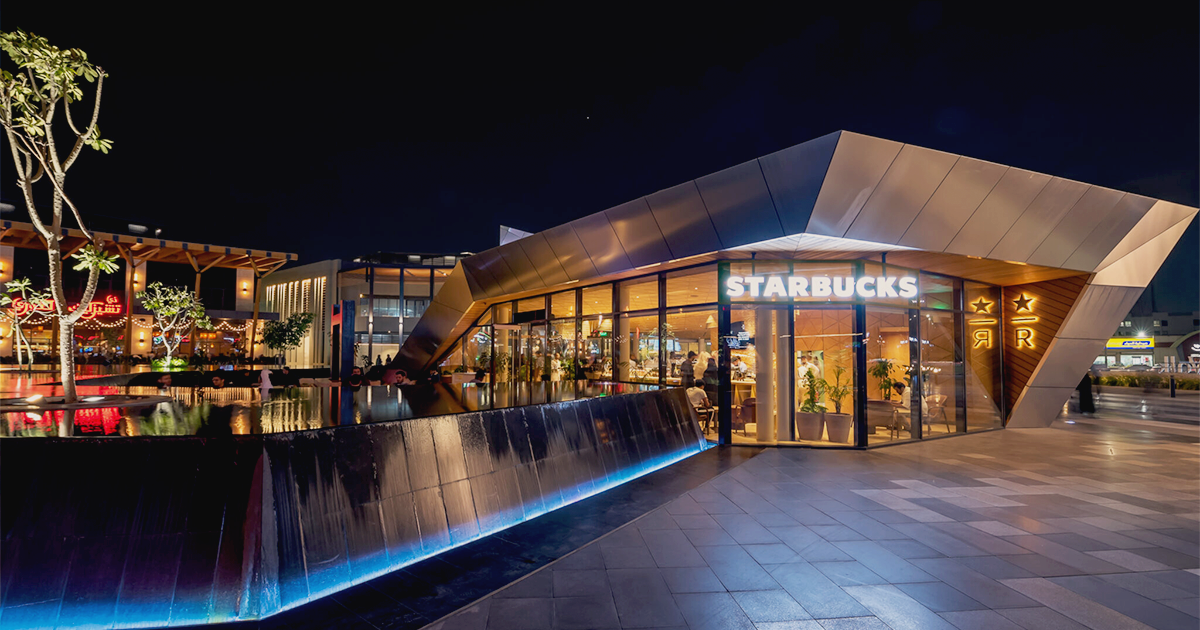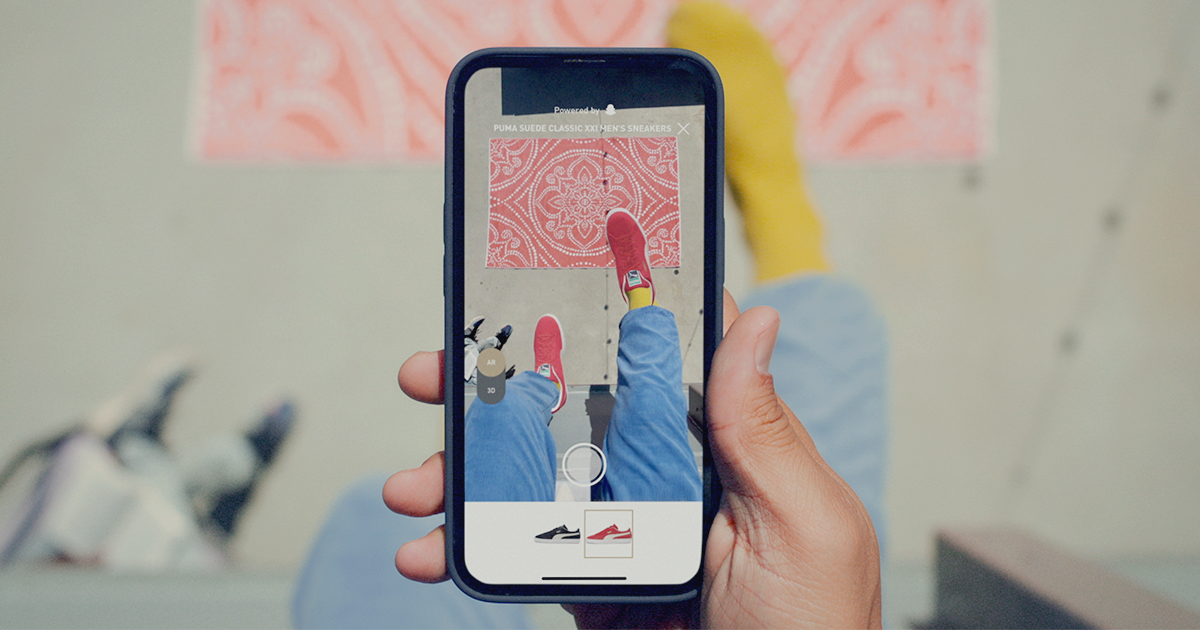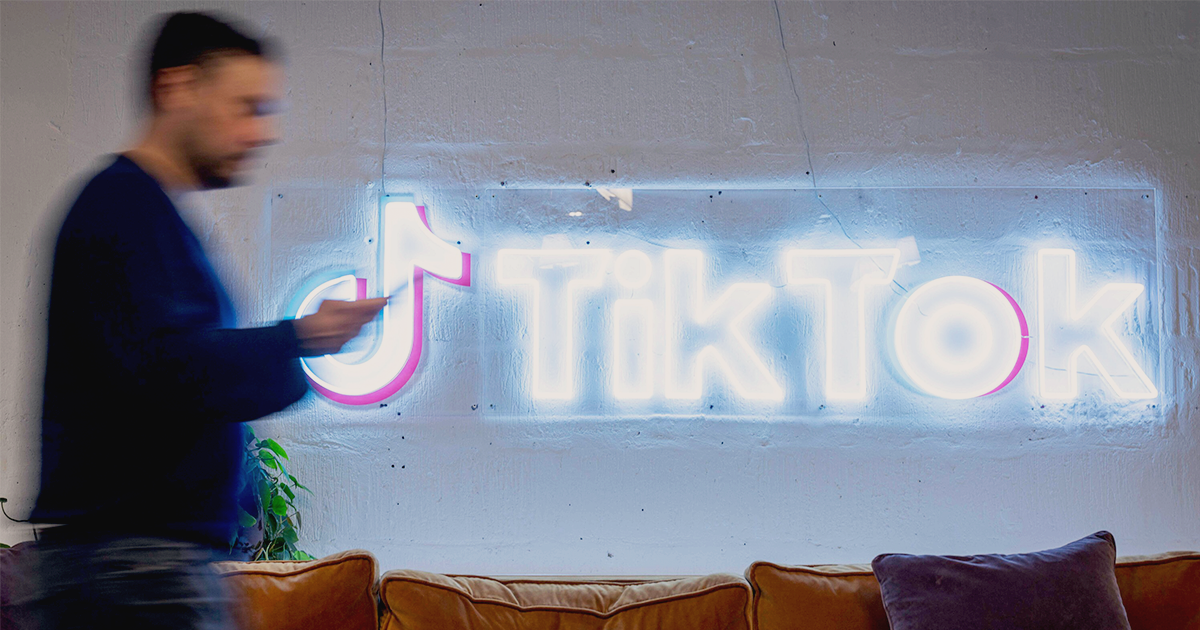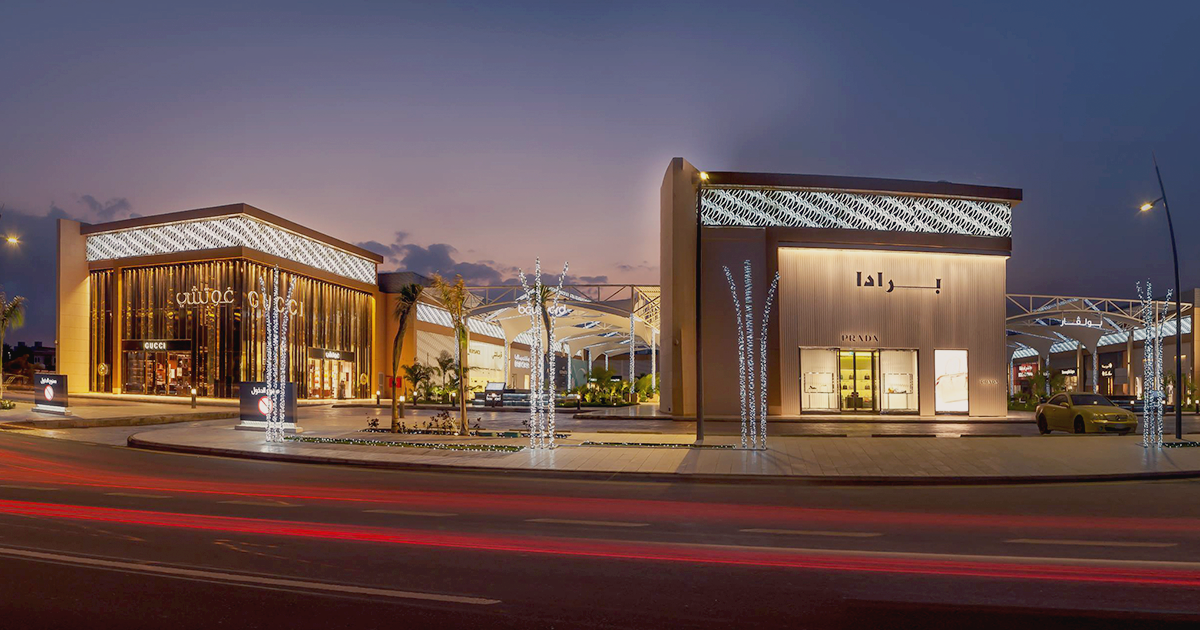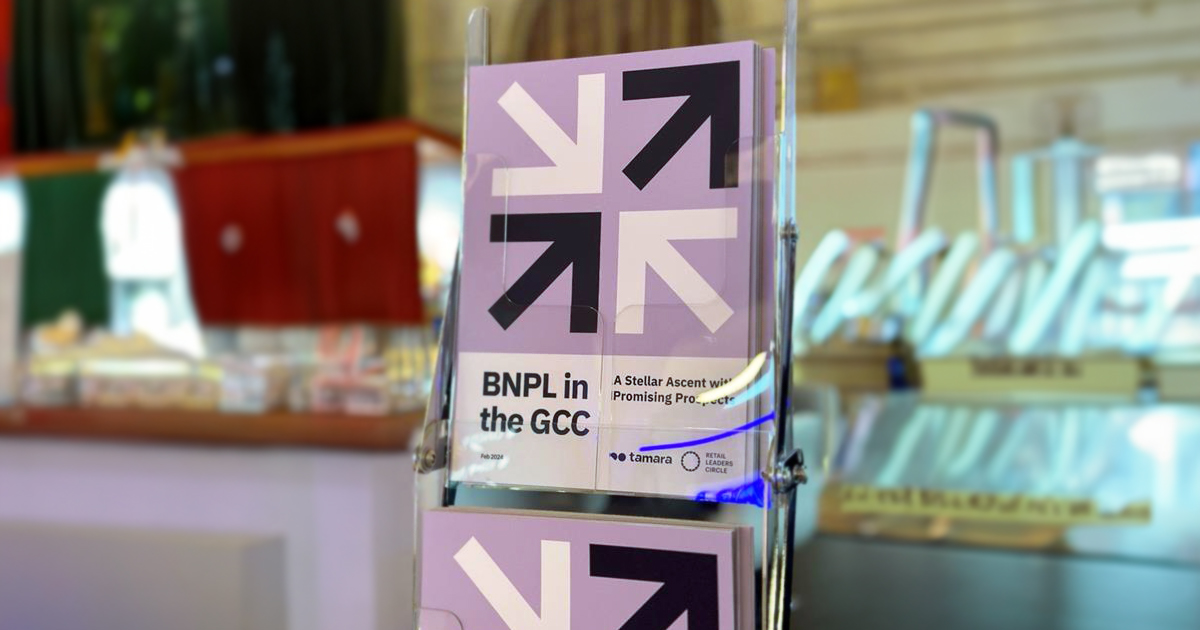
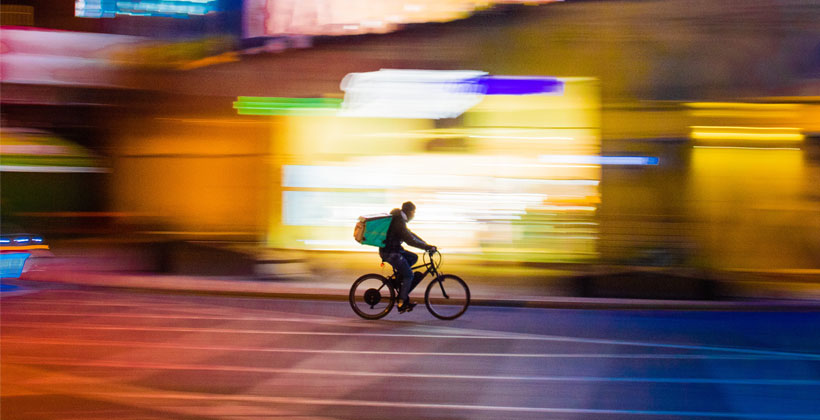
Online delivery has exploded in popularity and demand during and post-pandemic, tapping out most traditional delivery services.
According to a survey by TrendCandy last-mile delivery is the No. 1 delivery pain point for over half of retailers surveyed. Retailers say they could increase profits by 156% if they had better technology tools while only 12% have full visibility into their last-mile delivery.
At the same time, McKinsey’s research shows that when delivery times are too long, almost half of omnichannel consumers will shop elsewhere. As for how long is too long, more than 90% of US online shoppers expect free two- to three-day shipping.
When customers expect faster delivery, and there’s limited willingness to pay for it, what can retailers do to keep up?
75% of apparel, hard goods, and specialty retailers intend to build network capabilities that offer two-day or faster delivery, and 42% are aiming for one-day click-to-customer lead times by 2022 according to McKinsey.
While enabling faster delivery means higher costs, these can be shifted with a combination of strategies involving network expansion, technological capabilities, and partnerships, for example:
- Understand where speed matters depending on the retail segment
- Invest selectively in network expansion with cost-effective solutions like dark stores or smaller-format operations in general
- Take advantage of new technology, automation and analytics
- Face any challenges by leveraging regional or ride-share drivers
Given consumers’ shift and new expectations of fast delivery, retailers should not forget that curbside, returns, buy online, and in-store pickup are also of critical importance in the omnichannel experience.



